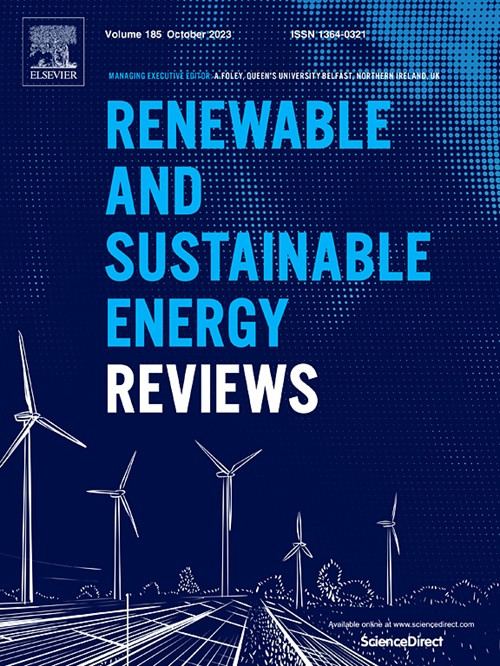Advances in the utilization of mannan-rich agricultural wastes and gums for the circular bioeconomy
IF 16.3
1区 工程技术
Q1 ENERGY & FUELS
引用次数: 0
Abstract
Huge amounts of mannan-rich wastes are generated because of agro-industrial processing of legumes, oil palms, coffee seeds, yeasts etc. Looking into the enormity of this produce, it becomes important to utilize this agro-waste for human necessities and exploit it advantageously to create substances that are beneficial to both humans and animals, while avoiding its indiscriminate burning or dumping into water bodies. Plant cell wall mannans make the second most abundant hemicellulosic component after xylan. The use of mannans and mannan-rich agro-wastes in various industries has gained importance due to potential economic and environmental benefits. Mannan-rich biomass is dispersed over leguminous crops (guar gum, locust bean gum) and agro-industrial by products (spent coffee grounds, copra meal, palm kernel cake) and can be suitably exploited to produce biochar, prebiotic oligosaccharides, biofuel, bioethanol, and services such as dye remediation and drug delivery etc. This review summarizes recent developments of mannan rich agro-wastes and the prospects of their industrial and biomedical applications.

富含甘露聚糖的农业废弃物和树胶用于循环生物经济的研究进展
由于对豆类、油棕、咖啡种子、酵母等的农工加工,产生了大量富含甘露聚糖的废物。考虑到这种产品的巨大,利用这种农业废物作为人类必需品并有利地利用它来创造对人类和动物都有益的物质变得很重要,同时避免其任意燃烧或倾倒到水体中。植物细胞壁甘露聚糖是仅次于木聚糖的第二丰富的半纤维素成分。由于潜在的经济和环境效益,在各种工业中使用甘露聚糖和富含甘露聚糖的农业废物变得越来越重要。富含甘露聚糖的生物质分散在豆科作物(瓜尔胶、刺槐豆胶)和农工业副产品(废咖啡渣、椰子粕、棕榈仁饼)上,可以适当地用于生产生物炭、益生元低聚糖、生物燃料、生物乙醇,以及染料修复和药物输送等服务。本文综述了近年来富含甘露聚糖的农业废弃物的研究进展及其工业和生物医学应用前景。
本文章由计算机程序翻译,如有差异,请以英文原文为准。
求助全文
约1分钟内获得全文
求助全文
来源期刊

Renewable and Sustainable Energy Reviews
工程技术-能源与燃料
CiteScore
31.20
自引率
5.70%
发文量
1055
审稿时长
62 days
期刊介绍:
The mission of Renewable and Sustainable Energy Reviews is to disseminate the most compelling and pertinent critical insights in renewable and sustainable energy, fostering collaboration among the research community, private sector, and policy and decision makers. The journal aims to exchange challenges, solutions, innovative concepts, and technologies, contributing to sustainable development, the transition to a low-carbon future, and the attainment of emissions targets outlined by the United Nations Framework Convention on Climate Change.
Renewable and Sustainable Energy Reviews publishes a diverse range of content, including review papers, original research, case studies, and analyses of new technologies, all featuring a substantial review component such as critique, comparison, or analysis. Introducing a distinctive paper type, Expert Insights, the journal presents commissioned mini-reviews authored by field leaders, addressing topics of significant interest. Case studies undergo consideration only if they showcase the work's applicability to other regions or contribute valuable insights to the broader field of renewable and sustainable energy. Notably, a bibliographic or literature review lacking critical analysis is deemed unsuitable for publication.
 求助内容:
求助内容: 应助结果提醒方式:
应助结果提醒方式:


